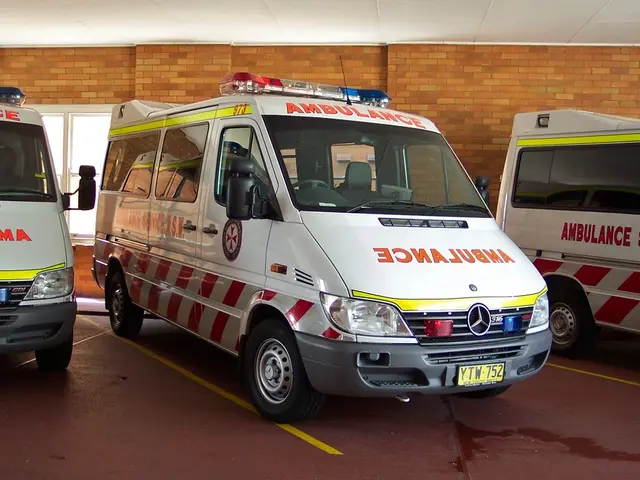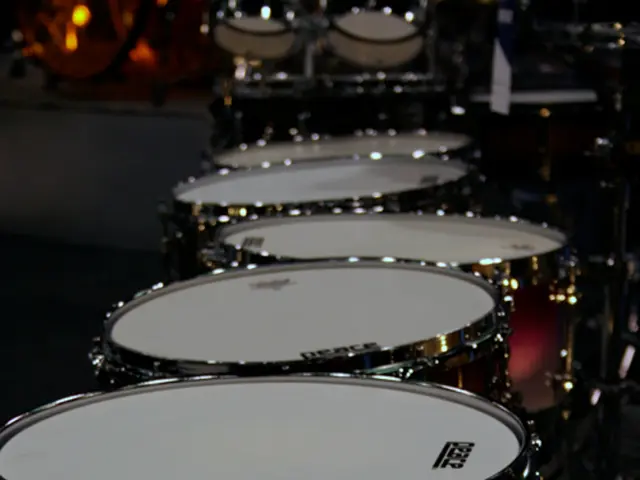Ehlers-Danlos Syndrome: Manifestations, origins, and interventions
Vascular Ehlers-Danlos syndrome (vEDS) is the most severe subtype of Ehlers-Danlos syndrome, a group of genetic disorders that affect the connective tissues in the body. Characterised by significant risks of potentially fatal vascular and intestinal complications, the prognosis for vEDS is notably worse than other forms of EDS.
With an estimated prevalence of 10 per million inhabitants, vEDS poses unique challenges due to its high risk of life-threatening complications such as arterial or organ rupture, bowel perforation, and other vascular or visceral complications. The median life expectancy for individuals with vEDS is approximately 50 years.
Given the serious nature of vEDS, management focuses on preventing complications and treating symptoms as they arise. Regular medical surveillance, including cardiological and vascular imaging, is crucial to monitor for aneurysms, dissections, or other arterial abnormalities. Blood pressure management, using medications such as beta-blockers or angiotensin receptor blockers, is employed to reduce arterial stress, although data on their efficacy is limited compared to other connective tissue disorders.
Surgical interventions are high risk due to tissue fragility and increased risk of bleeding or vessel rupture. Surgery is generally avoided unless absolutely necessary and is performed with extreme caution. Education for patients and families about the signs of complications (such as severe pain, neurological symptoms, or unexplained bruising) is essential to facilitate rapid intervention. Pain management, including the use of analgesics, is also an important aspect of vEDS care.
Physical therapy is employed to manage joint pain and maintain mobility, but high-impact activities and contact sports should be avoided to reduce the risk of injury. Lifestyle changes, such as avoiding contact sports, wearing protective gear, and getting enough rest, can help manage symptoms of Ehlers-Danlos syndrome.
Living with vEDS poses unique challenges, and individuals can benefit from the support of family, friends, healthcare professionals, and support groups. While there is no cure for vEDS, a multidisciplinary approach and careful monitoring can help improve survival rates and reduce the yearly occurrence of arterial complications.
- Despite the challenges posed by vEDS, medical-conditions like erectile dysfunction and impotence may still arise due to the influence of chronic diseases on health-and-wellness.
- The science community continues to explore various treatments fordysfunction, with a focus on developing medications that address the root causes of these conditions without exacerbating the risks associated with vEDS.
- In the realm of skin-care, extreme care must be taken due to the fragility of the skin in individuals with vEDS, especially when using products that could potentially increase blood flow or cause irritation.
- Given the complex nature of vEDS and its impact on multiple bodily systems, it's essential for those affected to prioritize their overall health-and-wellness, including regular check-ups, lifestyle modifications, and sought-after support in managing associated medical-conditions and symptoms.




